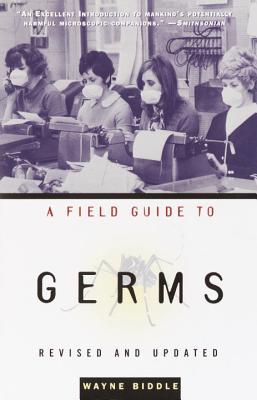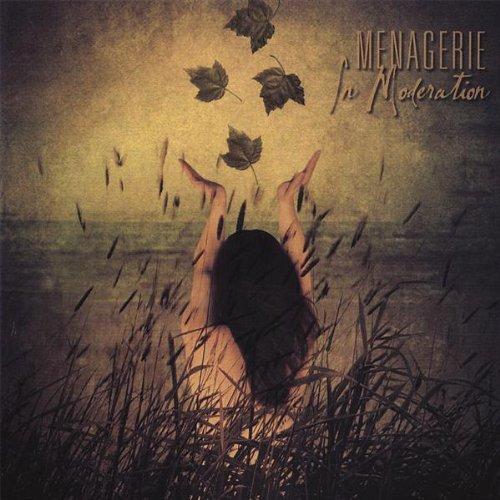
description
5From the ravages of the Ebola virus in Zaire to outbreaks of pneumonic plague in India and drug-resistant TB in New York City, contagious diseases are fighting back against once-unconquerable modern medicine. Public concern about infectious disease is on the rise as newspapers trumpet the arrivals of new germs and the reemergence of old ones. In A Field Guide to Germs, Pulitzer Prize-winning science writer Wayne Biddle brings readers face to face with nearly one hundred of the best-known (in terms of prevalence, power, historical importance, or even literary interest) of the myriad pathogens that live in and around the human population. Along with physical descriptions of the organisms and the afflictions they cause, the author provides folklore, philosophy, history, and such illustrations as nineteenth century drawings of plague-induced panic, microscopic photographs of HIV and Ebola, and wartime posters warning servicemen against syphilis and gonorrhea. From cholera to chlamydia, TB to HIV, bubonic plague to Lyme disease, rabies to Congo-Crimean encephalitis, anthrax to Zika fever, and back to good old rhinitis (the common cold), A Field Guide to Germs is both a handy reference work to better understand today's headlines and a fascinating look at the astonishing impact of micro-organisms on social and political history.
member goods
No member items were found under this heading.
notems store

Federal Sentencing Guidelines Manual; 2020-2021 ...
by Michigan Legal Publishing Ltd
Paperback /Paperback$67.49
Return Policy
All sales are final
Shipping
No special shipping considerations available.
Shipping fees determined at checkout.






